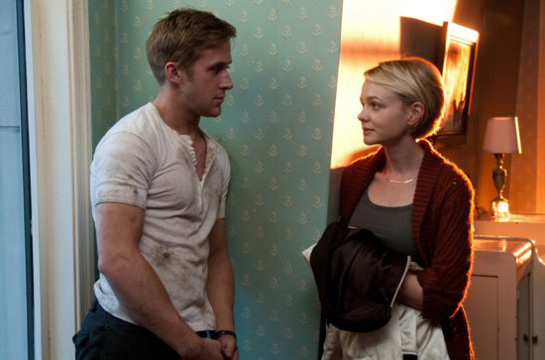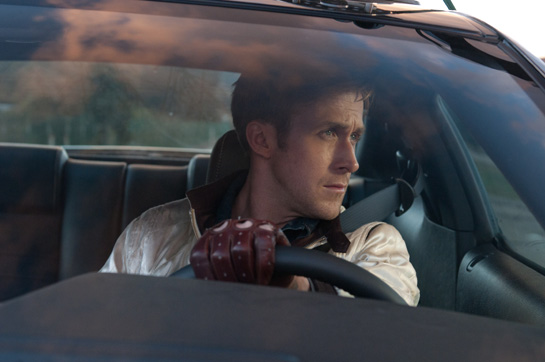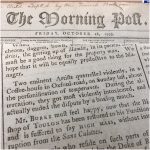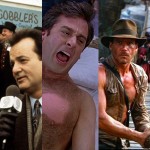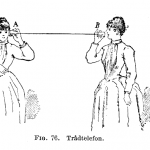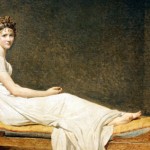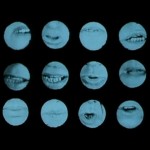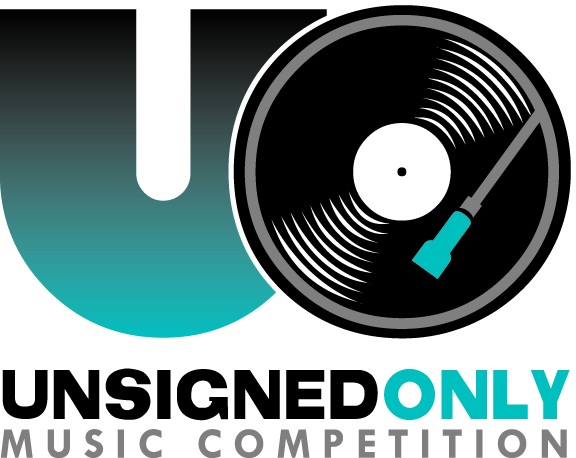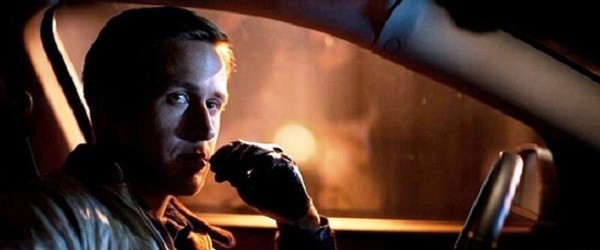
Film: Drive gets it
Film, ReviewsMarshall McLuhan’s famous axiom, “The medium is the message,” is not lost on Nicholas Winding Renf and his neo-noir Drive. Opening in September as the Season of Good Movies’ unofficial pace car, Drive is so deliberately saturated in style that the aesthetic itself is the soul of the picture. Renf, who says the film is a tribute to avant-garde Chilean filmmaker Alejandro Jodorowsky, won the Best Director prize at Cannes in May, where Drive opened to standing ovation. In crafting such a visceral work of post-modern pop cinema, Renf has successfully pulled a Tarantino: an outright celebration of American movie pulp, filtered through the long lens of deliberately-paced, beautifully-shot European art house. Entering the next few months of heavy hitters on the big screen, it just may be the best film of the year so far.
The story can be told very simply: in Los Angeles, the city of cars, an unnamed Hollywood stunt driver (Ryan Gosling) moonlights for criminals as a getaway driver. Romantic interest in a recently-released convict’s wife (the ever-cute Carey Mulligan) and a plan to borrow money from a gangster (Albert Brooks!) to buy and race a NASCAR vehicle lead to a classic gone-wrong scenario that piles up dead bodies, one after another. The narrative itself propels along much like car ride – singular in focus and direction, with a keen eye for all the pretty colours whizzing by.
In tugging on your heart and nerves and, yes, loin, Drive is in effect the opposite of Moneyball, which satisfies like a high score on a math test. That isn’t to say that the Gosling vehicle is dumb, far from it. But the erogenous zone it works to stimulate isn’t primarily cerebral. The movie takes itself seriously enough to hedge its bets on Gosling’s charming mystery and a straight-line story lush with taboo romance, Bad Guys and ultra-violence. Fortunately though, it never forgets the campy terrain from which it sprang, and from costuming to the soundtrack to the diverse performances by the extraordinary cast, Drive’s ability to balance homage with ambitious original vision is truly remarkable.
The violence is extreme in places, which punctuates the peaks and valleys of the film’s dynamic tone. It may turn some stomachs to watch a head get booted in, or Christine Hendricks’s lovely brains splattered all over a motel mirror, but without the horror of the B-movie gore, those moments of oh-just-fuck-already between Gosling and Mulligan wouldn’t feel so comfortable, or the safe voice of Mulligan’s son such a relief. They set the protagonists’ stakes at impossibly movie-violent, and thus keep the Driver’s world both taut and cinephilic.
As with any other feature of his, Gosling owns every frame, more often in knowing how to keep quiet and savour the moment, which he does more engagingly than virtually any other actor in recent memory. He’s perfectly cast, a melting pot of 70’s American screen legends ranging from Eastwood to Hoffman to Redford. His Driver has no name, no back story and offers those around him very little, yet is intensely watchable and feels more richly drawn-out than he is. That is a great feat for the actor and his director. The Driver is keenly aware of the parameters of his mini-universe, and fights to control his stake. His lovely foil, played earnestly by Carey Mulligan, is also a joy to behold, if not a little too sweet for ugly world she inhabits. Albert Brooks, Brian Cranston and Ron Perlman provide all the jagged edges and dark corners of the well-rounded cast.
Other films attempt to pull the same style-as-substance trick as Drive and most fail miserably. Lesser efforts don’t have the patience or respect for film history necessary to weave such richly stylized noir into a compelling movie experience. Whether Drive achieves the timelessness of the films it is born of has yet to be seen, but then, as we all know, not caring about that sort of thing is a true mark of cool.







